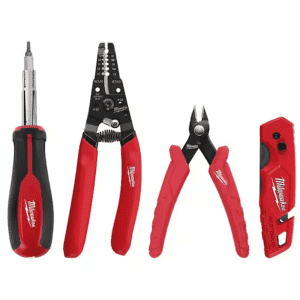
A new Amazon Haul Flash Sale has gone live in which everything costs just a buck or less. Each customer is limited to three items each. Add over $25 to your cart from anywhere in the Amazon Haul section to get free shipping. Buy Now at Amazon

That's a savings of $18 and the best deal we've seen on this comprehensive engine building kit, a great educational tool for enhancing mechanical understanding. Buy Now at Amazon
- 1787 building pieces
- Includes XL motor
- 9V battery box needed
- Replicates real engine dynamics
- Suitable for ages 14+

Today at Under Armour, you can use two stacking promo codes to cut the price of men's shoes down to best-ever prices. The coupon "CHEATCODE" takes an extra 50% off and the code "EXTRA20" takes another $20, which puts slides as low as $8 and running shoes down to just $24. They'll all ship for free at the moment, too. Buy Now at Under Armour
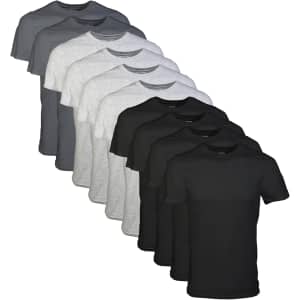
Save $7 compared to the typical price and $18 compared to list price on this multipack of comfortable and durable adult t-shirts, featuring moisture wicking and tag-free design. Buy Now at Amazon
- Includes 10 medium-sized shirts
- Soft, breathable cotton fabric
- Moisture wicking technology
- Tag-free for added comfort
- Lay-flat collar with durable stitching
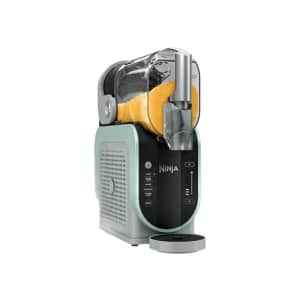
Shop a selection of refurbished and factory reconditioned Shark and Ninja appliances and treat yourself to things like the Ninja SLUSHi Professional Frozen Drink Maker for less. You'll find Shark fans and vacuums as well as Ninja frozen drink machines, air fryer ovens, and ice cream makers. Plus, Amazon Prime members bag free shipping on every order. Buy Now at Woot! An Amazon Company

It's that time of year! Home Depot liquidates its stock of Christmas trees with savings of up to 75% and prices starting from $20. Trees as low as $10 have already gone out of stock. Buy Now at Home Depot

Save half off the list price. Buy Now at Amazon
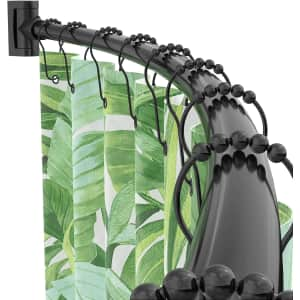
Apply coupon code "KD3EPAWD" for a savings of $14. Buy Now at Amazon
- Adjustable from 38-72 inches
- Extra 30% shower space
- 0.9MM thickness for strength
- Rotating bracket for flexibility
- Requires drilling for installation

The Pixel 10 Pro 256GB is now just $524 while supplies last, with purchase of 12-month plan bundle. It's a savings of $475. The Mint Mobile Unlimited plan is $15 / month. It'a available in the colors Obsidian (pictured) or Moonstone. Buy Now at Mint Mobile
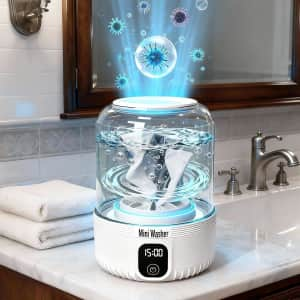
Apply coupon code "QVUPQ7VL" for a savings of $20. Buy Now at Amazon
- Designed for underwear, baby clothes, and other small pieces
- 4000mAh battery

Save $85 per sailor on this weeklong cruise next week. This roundtrip cruise aboard the Norwegian Prima departs from Orlando (Port Canaveral), FL on January 4 and stops in Montego Bay, Jamaica; George Town, Grand Cayman; and Cozumel, Mexico. Book this travel deal by December 30.
Satisfy your wanderlust - and your wallet - by taking a look at all our top travel deals. Buy Now at ShermansTravel
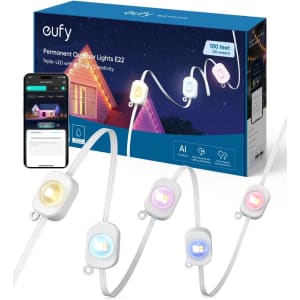
It's $201 off and the best price we've ever seen. Buy Now at Amazon
- 60 Triple-LED Lights
- IP67 Waterproof
- adjustable color temperature range from 1500K to 9000K
- 80 preset lighting themes
- Smart App & Voice Control
- Model: T8L02

Apply the promo codes "CHEATCODE" and "EXTRA20" to drop the price of these running shoes down to just $26. They originally cost $70, so this is a great price. They'll also ship for free at the moment. Buy Now at Under Armour

Save $23.76 on this versatile manual grain mill, perfect for a variety of grinding needs in the kitchen. Buy Now at Amazon
- Durable cast iron construction
- Adjustable grind coarseness
- Hand crank with wooden handle
- Clamps onto most tables
- Versatile use for grains and more
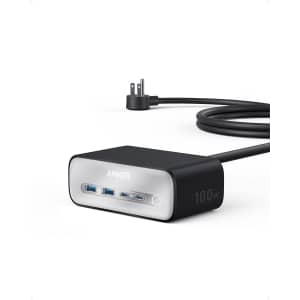
Save $34.86 on this compact 7-in-1 charging station, designed to power multiple devices simultaneously with a 100W maximum output. Buy Now at Amazon
- 100W fast charging
- 2 USB-C and 2 USB-A ports
- 3 AC outlets
- Slim 5ft cable
- Optimized for Apple devices
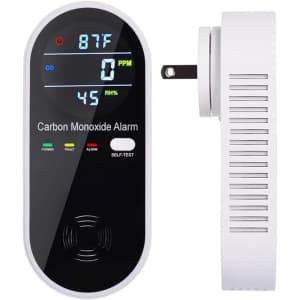
That's a savings of $70 on this convenient plug-in CO detector that also monitors temperature and humidity for better home and travel safety. Buy Now at Woot! An Amazon Company
- Monitors CO, temperature, humidity
- Plug-and-play installation
- Electrochemical sensor for accuracy
- Alerts at 150ppm with sound and light
- Displays temperature 1-176℉

For just $99/year, you'll get 10GB of data per month, unlimited nationwide talk & text, and the flexibility of WiFi calling & texting. Includes a 3-in-1 SIM card kit. Buy Now at Infimobile
- 10GB of 5G/4G data per month
- Unlimited Voice and Unlimited SMS
- 3-in-1 SIM Card Kit
- WiFi Calling & Text
- 500 MMS messages
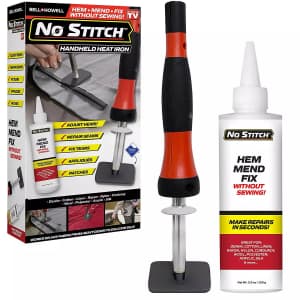
That's a $2 low for this handheld heat iron. You can also get a 2-pack for $24 or a 3-pack for $31. Buy Now at Woot! An Amazon Company
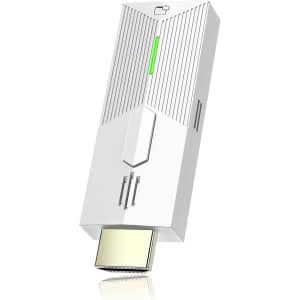
Apply coupon code "QBYXXIHW" for a savings of $25. Buy Now at Amazon
- Supports 1080P HD streaming
- 5GHz for stable transmission
- Plug and play with no apps needed
- Works with iOS, Android, Windows, and Mac
- Not compatible with some streaming apps
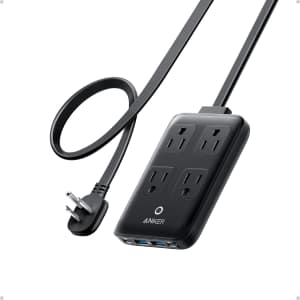
Save $10 compared to the typical and list price on this portable and versatile charging station, ideal for powering multiple devices efficiently with its high-speed USB-C ports. Buy Now at Amazon
- 8-in-1 design with 2 USB-C, 2 USB-A
- 4 AC outlets included
- 20W max USB-C fast charging
- Compact and portable at 0.7 inches thick
- 5 ft thin cord with swivel plug
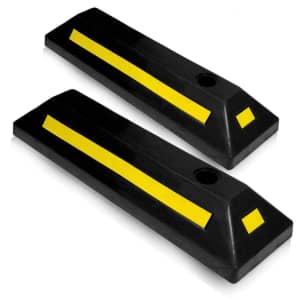

What could be better than one emotional support dumpster fire? How about enough to hand one out to everyone you actually care about? Buy Now at Woot! An Amazon Company

Apply coupon code "PM78YTC9" to take 50% off. Buy Now at Amazon
- 4-way stretch fabric
- Quick-dry material
- Belt loops and zip-fly
- 3 pockets for essentials
- Available in 3 inseam lengths
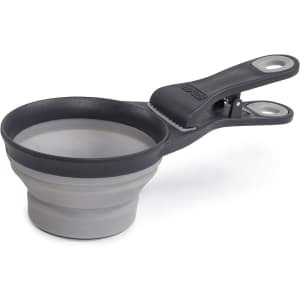
That's a $3 low. Buy Now at Woot! An Amazon Company
- food scoop, collapsible measuring cup, and bag clip
- Model: PW660432429

Apply the adidas promo code "APPLEPAY" and checkout with Apple Pay and you'll knock an extra 20% off these already-discounted men's shoes. This knocks the price of slides down as low as $14 and puts the starting prices of sneakers to $28. adiClub members get free shipping on all orders (it's free to join). Buy Now at adidas

For $40 per month, you can get one line of Unlimited 5G via Metro by T-Mobile along with a free 5G phone with their $40 Period Plan. Choose from a selection of Samsung and Motorola phones. You can bring your old number or get a new one. Taxes and fees are included. Pay no activation fees.Your price is guaranteed for five years on talk, text, and data. Buy Now at Metro by T-Mobile

It's in Black or Grey at $16 off. Buy Now at Amazon
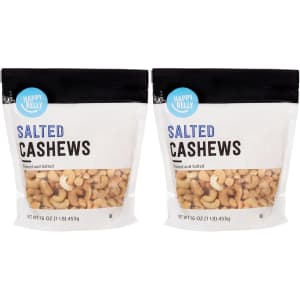
Save $4.86 compared to the typical price for two 16oz packs of roasted and salted cashews in resealable bags, with a convenient and quality snacking option. Buy Now at Amazon
- 16oz resealable bag
- Pack of 2 bags
- Roasted and salted
- Kosher certified
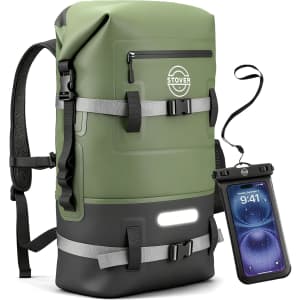
Get this dry bag and waterproof phone case set at its best-ever price. Buy Now at Amazon

That's at least $15 to $20 less than the best price we could find for comparable budget glasses elsewhere. Buy Now at Alibaba
- 8MP camera, 1080P video recording
- Real-time translation via Hey Cyan app
- Bluetooth audio, hands-free calls
- 4GB storage, WiFi file transfer
- 230mAh battery, magnetic charging

Save $9.29 off the typical price with this accurate Star Trek Next Generation Phaser, perfect for costumes or collectors, featuring sound effects. Buy Now at Amazon
- Officially licensed accessory
- Modeled on The Next Generation
- Plastic with sound effects
- Requires 2 AAA batteries

Apply coupon code "MBJKOUD8" for a total savings of $373. Buy Now at Amazon
- Multi-functional with storage
- Soft chenille upholstery
- Tool-free assembly
- Modular, adaptable design
- Solid wood frame, supports 300 lbs per seat

Save $15 off the list price. Choose pickup or spend $35 to avoid the $6.99 shipping charge. Buy Now at Walmart
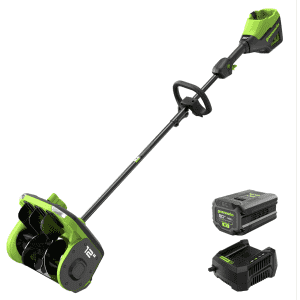
Greenworks offers the Greenworks 80V 12" Cordless Battery LED Snow Shovel for $214.19 (reduced from $359.99) via coupon code "DN15" with free shipping. Buy Now at greenworks
- 12" clearing width
- 6" clearing depth
- 25-foot max discharge
- Battery recharge time of 40 mins
- Brushless motor
- Model: SS80L251CO
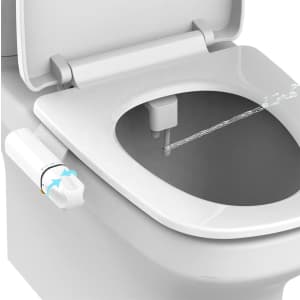
These start around $15 at Amazon. Buy Now at Alibaba

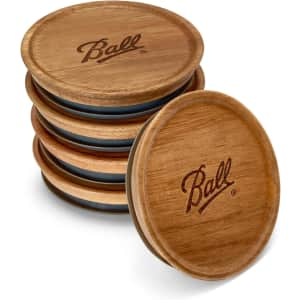
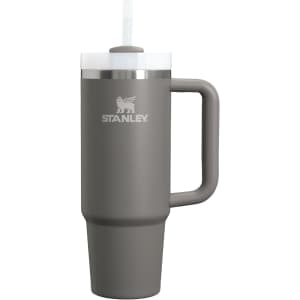
Save $20 compared to both the list and typical price on this versatile and insulated tumbler, designed with a 3-position lid and sustainable materials. Buy Now at Amazon
- 30 oz, fits cup holders
- Flowstate lid with 3 positions
- Insulated keeps drinks cold or hot
- Made from recycled stainless steel
- Dishwasher safe, easy to clean
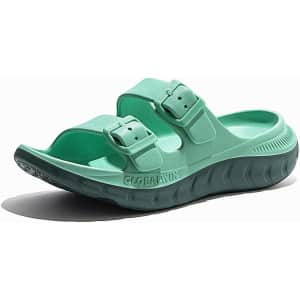
Apply coupon code "6J65LDEV" for a savings of $10. Buy Now at Amazon
- Arch support reduces foot stress
- Lightweight dual-density EVA material
- Relieves heel and knee pain
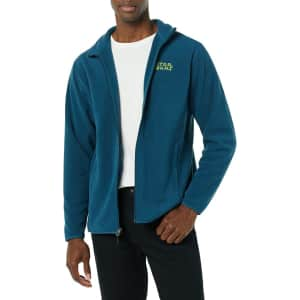
It's the best price that Amazon has charged for it and a great deal for a men's polar fleece jacket in general. Buy Now at Amazon
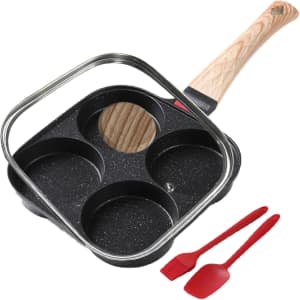
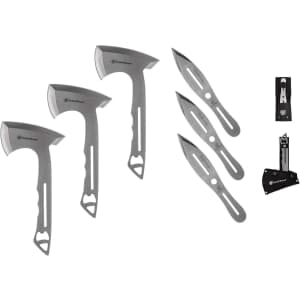
That's the best deal we've seen with a savings of $63. This set includes balanced, stainless steel throwing knives and axes with additional bottle opener functionality, perfect for recreation or competition. Buy Now at Amazon
- stainless steel
- three 8" throwing knives
- three 10" axes
- includes nylon sheath
- Model: 1122228
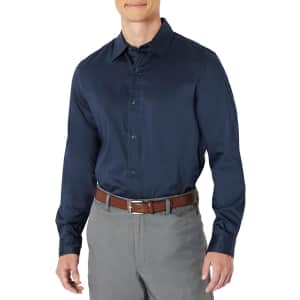
Get this in several colors (Navy pictured) at $4 off its typical price (and the lowest it's been). Buy Now at Amazon

For just $99/year, you'll get 10GB of data per month, unlimited nationwide talk & text, and the flexibility of WiFi calling & texting. Includes a 3-in-1 SIM card kit. Buy Now at Infimobile
- 10 GB of 5G • 4G LTE per month
- Unlimited Voice and Unlimited SMS
- 3-in-1 SIM Card Kit
- WiFi Calling & Text
- 500 MMS Messages
How Much Can I Save on the Hottest Deals?
The average savings can vary wildly day by day, but we regularly see discounts of anywhere from 15% to 96% off. The biggest discounts usually pop up for holidays, such as these Early Prime Day Deals. Thanks to coupon codes giving extra discounts, we'll regularly see shoes and apparel from the biggest brands like Nike, adidas, and New Balance at over 50% off. If you're looking for tools or home improvement, we see deals from stores like Home Depot and Lowe's that take up to 70% off. Plus, if something's at its best-ever price, or close to it, or is just something we think is extra neat, you'll probably find it on our Staff Picks page.
How Often Are the Hottest Deals Updated?
Around the clock! An international team of highly-trained deal jockeys is constantly scouring Amazon, Walmart, Best Buy, Target, and any other store you care to name, seeking out the latest and greatest deals for you to peruse. From daily deals and doorbusters to niche finds and off-the-wall offers, our pages are always being updated with something new and interesting and discounted.


